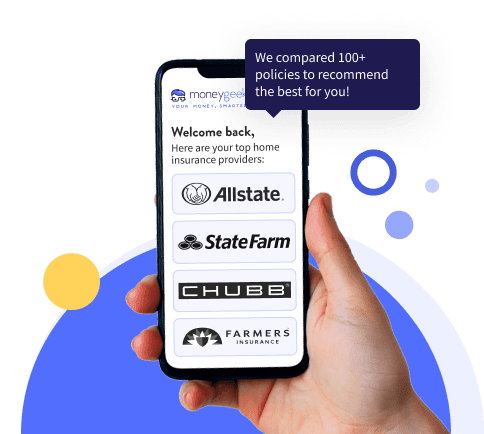A homeowners insurance policy costs an average of $2,614 per year for $250,000 in dwelling coverage, $125,000 in personal property coverage, and $125,000 in liability protection. Your actual rate may vary based on your location, insurer, and the amount of coverage you choose. The table below show how home insurance rates change by provider and dwelling coverage level.
The average cost of a homeowners insurance policy is $2,614 per year for $250,000 in dwelling coverage, $125,000 in personal property coverage and $125,000 in liability protection. Your actual rate may vary based on your location, insurer and the amount of coverage you choose. The table below shows how home insurance rates change by provider and dwelling coverage level.





